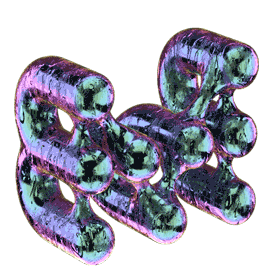


















Rigged Game
RIGGED GAME / Eat, sleep, recycle
Got pollution? Be the solution! … RECYCLE!
Paper, bottles, cans, plastic … recycle them all, it’s fantastic!
Motivational quotes that fit the rhythm of pop songs encourage us to live an obedient lifestyle and take responsibility for the environment. Although the recycling of used items and materials is necessary, it has gradually turned into a trend that gives the consuming masses the confidence to continue shopping. To consume without remorse, we are constantly assured that recycling will wipe out traces of previous purchase and use of the product. Recycling becomes obsessive. 30 new ways of recycling. 13 recycling methods you haven’t heard of. Worn clothes baskets “for charity” convince us that we can put low-quality fast fashion clothes away for the needy after a few months. In this way we are drawn into the carousel of purchase, disposal, donation and further purchase. When we talk about recycling clothes, we are just talking about moving worn and unwanted clothes to poorer areas. But what about real recycling in terms of transforming used material into new, reusable material? The recycling process is often energy intensive, leading to a minimum amount of reusable material and creating a treacherous by-product in the form of plastic microparticles. Insufficiently valued actors in recycling are insects, which are essential for the processing of bio-waste, including our rotting bodies. There is little hope that nature will find a way to deal with our problems, as the recent discovery of a plastic-eating enzyme has shown. Can’t such adapted, mutated organisms again have worse side effects on our ecosystem than, for example, a blanket ban on the production of disposable plastic products? And will our bodies continue to be recycled by insects in the future, despite the increasing volume of plastic microparticles in the water circulation and in our bodies? The joint project of Andrea Mikysková and Tereza Ledvinová represents a material reflection on recycled clothing and their long-term existence on this planet, either in its current form or in the form of decaying microparticles, penetrating deeper and deeper into natural cycles.



